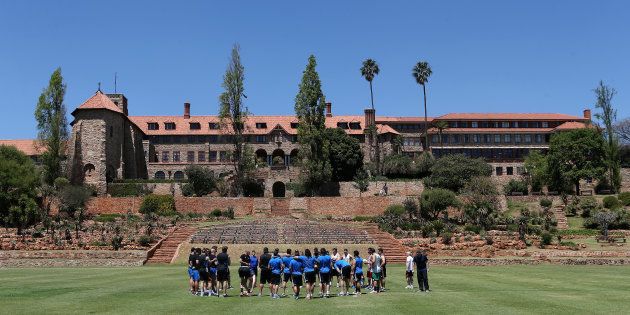
At a meeting on Wednesday, the school admitted the race row it has become embroiled in is its "biggest crisis" in its long and hallowed history. So how did it get to this point?
With only two desks and seven pupils, St John's College started off as a tiny school on Plein Street in 1898, when Johannesburg had only been in existence for little over a decade.
Like the city, which was created on the back of the gold rush, it grew in wealth and prestige during its 119-year history and has become a "world-class Christian school" in its own words.
The school was founded by Reverend John Darragh in August 1898.
During the second Anglo Boer War, St John's had to close its doors and only started reopened after the signing of a peace treaty. The relaunch saw increasing numbers of pupils enrolling and this meant a move to larger premises. Its new home was a wood and iron building near the Union Grounds.
It was not long until the school had to close again, this time in 1906 when the post-war government under the leadership of Lord Milner introduced a policy opposing private schools. To survive, St John's approached the Community of the Resurrection (an Anglo Catholic order of missionary priests and lay brothers) to take over the school.
The new headmaster, Father "Okey" Nash, realised that if St John's was to survive, it had to move north out of the city. Through a donation from Sir Thomas Cullinan, the school acquired land on Houghton Ridge. Cullinan donated £5,000 while the Johannesburg Consolidated Investments sold the land to St John's at half its market value.
Many Old Johannians served the country during the Great War. This inspired the building of the War Memorial Chapel in 1931. The building can still be seen standing tall at the center of all school activities, in memory of those who lost their lives on the battlefield.
A bell tower was also built to celebrate Old Johannian, Terence Moon. It houses a chiming clock; the only other one of similar size in the country is in the Rissik Street Post Office.
The Pelican Quadrangle was named after a fountain which depicts a pelican feeding her young with flesh torn from her own breast. It was a gift in memory of the work of the community and is reminiscent of a similar structure in Corpus Christi College in Oxford.
